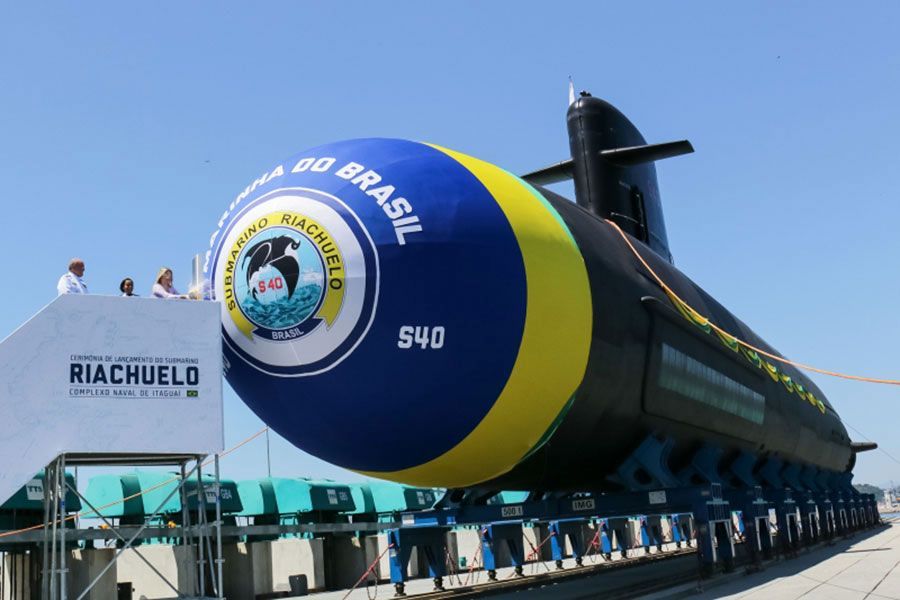On August 26, through its General Directorate of Nuclear and Technological Development, the Brazilian Navy celebrated the signing of the Provisional Acceptance and Reception Agreement (TRAP) of the submarine Riachuelo (S-40).
The signing of this document represents the successful completion of a rigorous schedule of acceptance tests of the vessel, both in port and at sea, and the beginning of the warranty period of the naval means, leading to its incorporation into the Navy.
The traditional armament exhibition ceremony, which formalizes the transfer of a naval asset to the operational sector of the Navy, will be held on September 1 at the Itaguaí Naval Complex.

Furthermore, this event materializes one of the most important deliveries ever made in the field of military shipbuilding in the country, demonstrating the capacity of the Brazilian naval industry, and represents, above all, a fundamental step toward the procurement of the first nuclear-powered submarine Álvaro Alberto.
This achievement is the result of long and arduous work that involved the transfer of submarine design and construction technology, the training of Brazilian professionals, the nationalization of equipment and systems, and the procurement of the industrial infrastructure of the Itaguaí Naval Complex.
S-BR SCORPÈNE
The four S-BR conventional propulsion submarines of the Submarine Development Program (Prosub) are larger than the Scorpène models acquired by the Chilean, Malaysian, and Indian Navies.
The Scorpène class, developed by the Naval Group, is a diesel-electric attack submarine that can be optionally equipped with the Mesma (Module d’Energie Sous-Marine Autonome) air-independent propulsion (AIP) system, which uses ethanol and oxygen to power a steam turbine.
If the customer wants to integrate this technology into its submarines, it results in a longer hull in length and displacement.
The Brazilian Navy preferred not to install the Mesma and, in the section it would occupy, increase the space for fuel (autonomy), food (combat stay), and additional berths (combat divers).
With information from InfoDefensa

